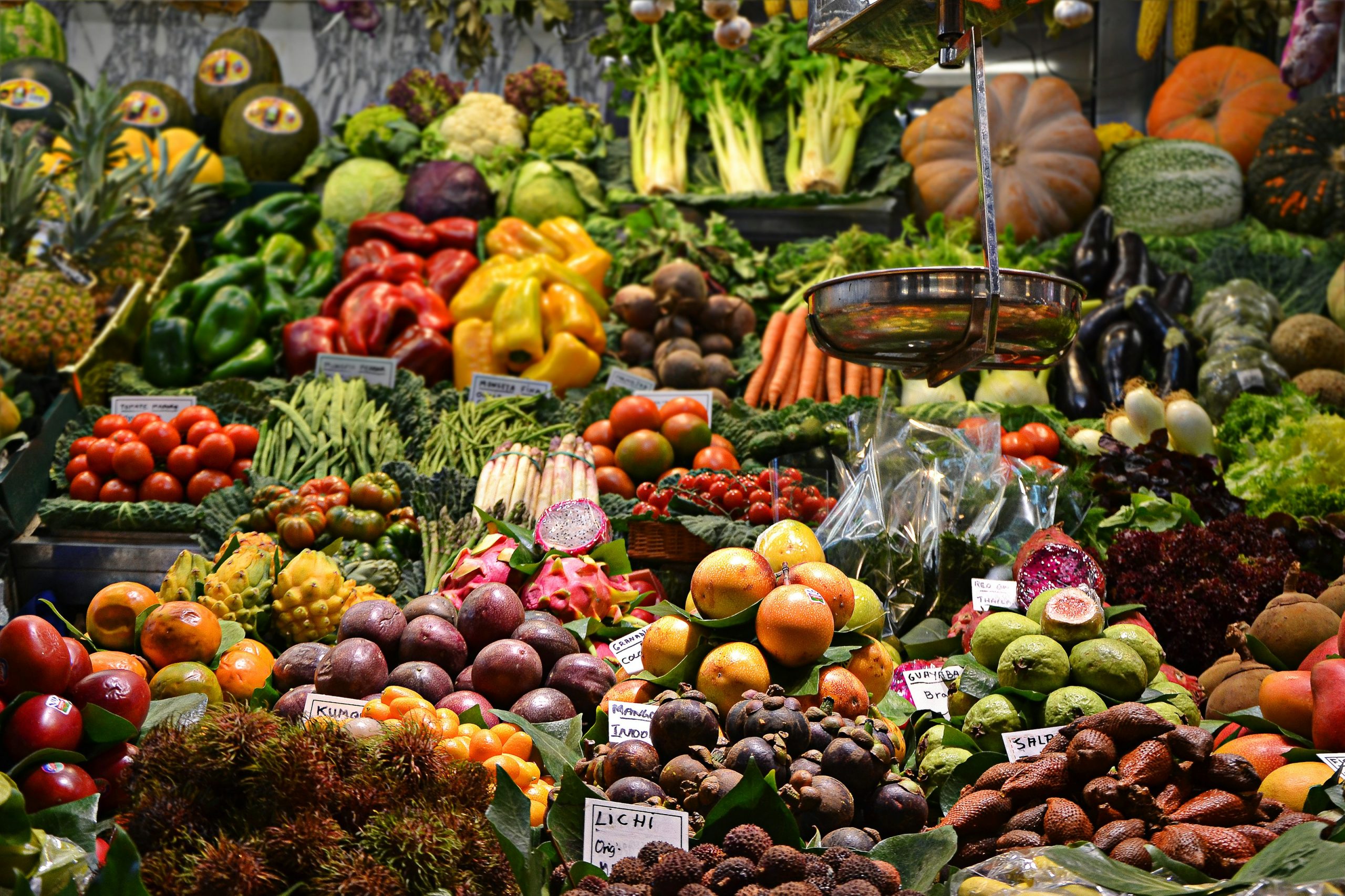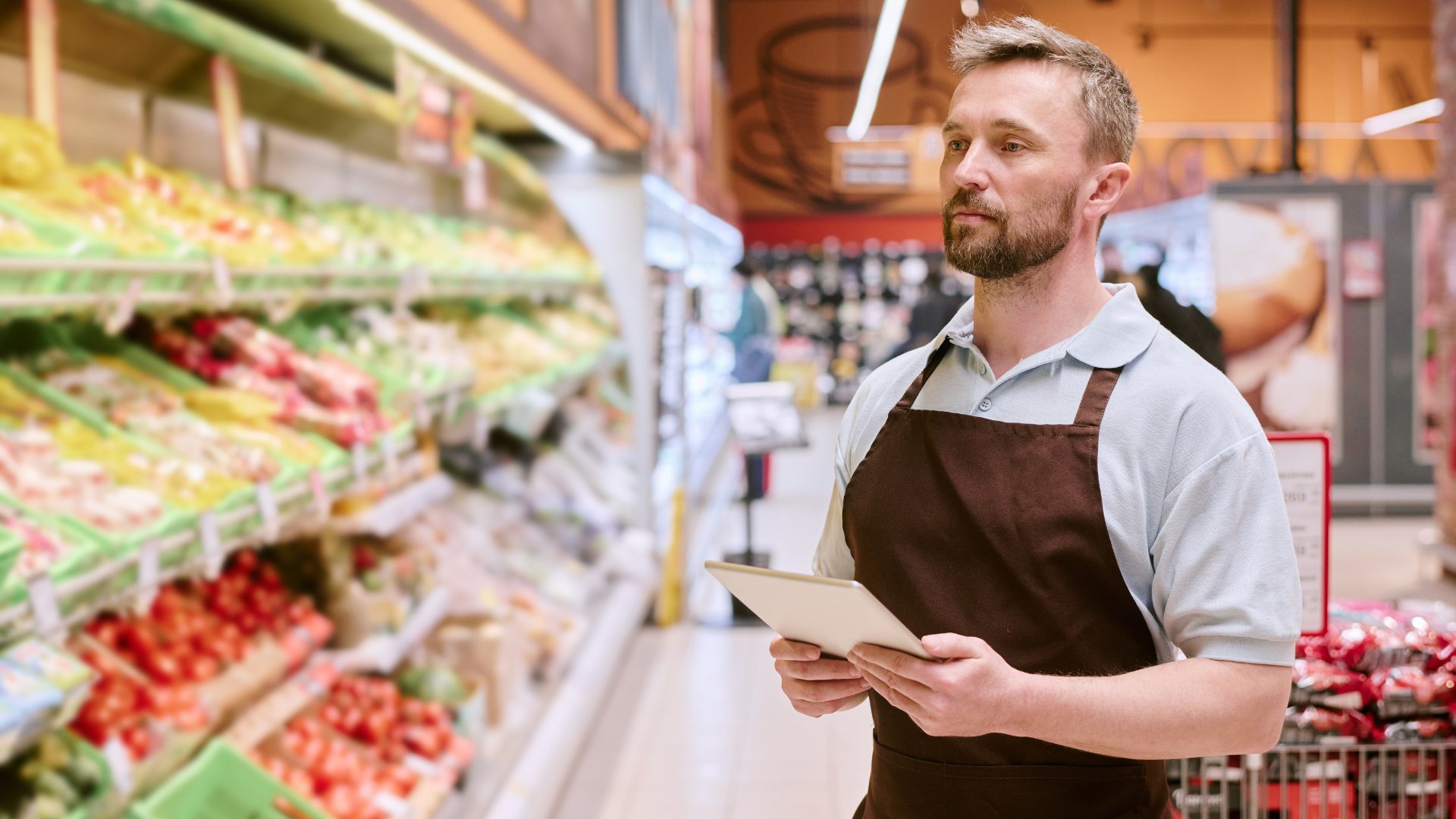Though they’ve been in the news for months now, tariffs remain a difficult topic for many to wrap their mind around. Experts agree on this much: the impacts of tariffs – including those imposed by the Trump administration, as well as retaliatory levies imposed by trade partners – will be far-reaching.
And that’s especially true for the food and beverage industry.
“The 2025 tariffs are reshaping the industry’s economics in ways that ripple far beyond spreadsheets,” said Dr. Darin Detwiler, a food industry consultant and professor at Northeastern University. “These tariffs have increased input costs at every stage: raw ingredients, packaging, transportation, and labor.”
Food manufacturers and retailers are paying more for essentials like aluminum, which affects items like canned goods. Businesses such as restaurants and grocery stores – which were already operating on razor-thin margins to begin with – are quietly cutting spending on quality control. Other F&B businesses are shifting to domestic or regional suppliers, though these alternatives often entail higher costs.
“It’s not as much a pricing issue as it is a logistical mess,” Marty Bauer, an ecommerce expert at Omnisend, told The Food Institute.
“Think about the secondary effects for businesses: trucking and warehousing are getting more expensive because packaging changes have added weight and volume, and companies are scrambling to find domestic suppliers all at once.”
Consumers Shift Gears Amid Recession Fears
According to the latest Acosta Group findings, tariffs are now a legitimate concern among American consumers, with many shoppers confused about what they mean and their broader impact. The findings revealed that 62% of shoppers overall worry that tariffs may lead to a recession this year.
Consumers are responding in a predictable manner, often trading down to private-label goods while abandoning premium brands.
“This isn’t just a price war. It’s a trust reckoning,” Dr. Detwiler said.
InMarket’s Q2 2025 Grocery Staples InSights illustrated eye-opening consumer insights:
- 54% of consumers said they’re buying more private-label products lately
- 57% are changing where they shop in order to get the best deals
- 64% of consumers are buying different products than normal
Such consumer behavior isn’t uncommon during tariff surges or recessions. Yet, what’s different in 2025 is the scale, speed, and uncertainty related to tariffs, Dr. Detwiler said.
“I’ve spoken with families who are buying in bulk, skipping perishable items, or delaying grocery visits altogether,” Dr. Detwiler said. “Their loyalty is no longer to a brand; it’s to the budget.”
Categories Hit Hardest
Tariffs have impacted far more than just aluminum cans. Fresh produce and seafood, both heavily reliant on global sourcing, are being squeezed by higher transportation and import costs.
Even wine and cheese have become symbols of trade tension, experts note, with tariffs on European imports pushing some longtime staples off shelves entirely.
Meanwhile, industry insiders expect the following items will soon become more expensive:
- supplements and vitamins
- canned, imported beer
- olive oil exported from Europe
“There are a lot of items advertised to consumers as made in the U.S., but the materials and packaging are actually made abroad,” noted Amrita Bhasin, the CEO of Sotira. “So, consumers may be surprised as to why prices have gone up for an item with American manufacturing facilities.”
In today’s global food ecosystem, virtually any commodity has the potential to be hit hard by tariffs. After all, farmers can’t, for example, decide to grow sugarcane in a new location overnight. Such an undertaking would involve scaling countless hurdles.
“You need the full structure, harvesting systems, processing facilities, and supply chain networks to support it. That kind of shift takes years, not months,” said Michael Gordon, the CEO of BlueTree Technologies.
“When tariffs disrupt global flows, there’s no quick fix.”
Effective Business Strategies
The potential for doom and gloom has been mentioned ad nauseam. So how do you, as an F&B business leader, respond?
Many industry insiders feel transparency is key amid the ongoing trade war.
“In my view, the most responsible path forward is clear: be honest, be direct, and re-affirm shared values: safety, resilience, and fairness,” said Dr. Detwiler.
Recent research by Collage Group found that many companies have avoided detailing tariff-related impacts in their consumer messaging. Most experts feel that’s a mistake.
“The better path forward is building trust through transparent updates, [explaining] how decisions are made – for instance, explaining why a recipe changed or why a price rose,” said Elizabeth Jackson, CMO of Collage Group. “Brands that resonate most are those that acknowledge consumers’ financial concerns. …”
While the full effects of tariffs are still playing out, savvy companies already have contingency plans in place. Some, for example, have made sure to optimize logistics to offset new costs.
“The big players are navigating this strategically rather than reactively,” Gordon noted.
“Price increases on the shelf are the last resort in highly competitive markets, not the first response,” the CEO added.
As this trade war rolls on, food manufacturers, restaurant groups, and grocery chains should be prepared to implement backup plans at a moment’s notice. Experts say businesses must be adaptable, and make data-driven decisions.
“The companies that stay flexible,” Gordon said, “will be in the best position to weather any long-term shifts.
“What stakeholders – whether they’re customers, investors, or partners – want to hear is that the company is flexible enough to operate effectively no matter how the situation evolves. That’s the key message: we’re built to adapt.”
The Food Institute Podcast
Several economic headwinds indicate the consumer is being financially stretched, but we all need to eat – so what are consumers actually buying at the grocery store? Nik Modi of RBC returns to The Food Institute Podcast to discuss channel differentiation, consumer product selection, and other macro trends.












